Here is a demonstration of how Fanta F-One essential kit should be used.
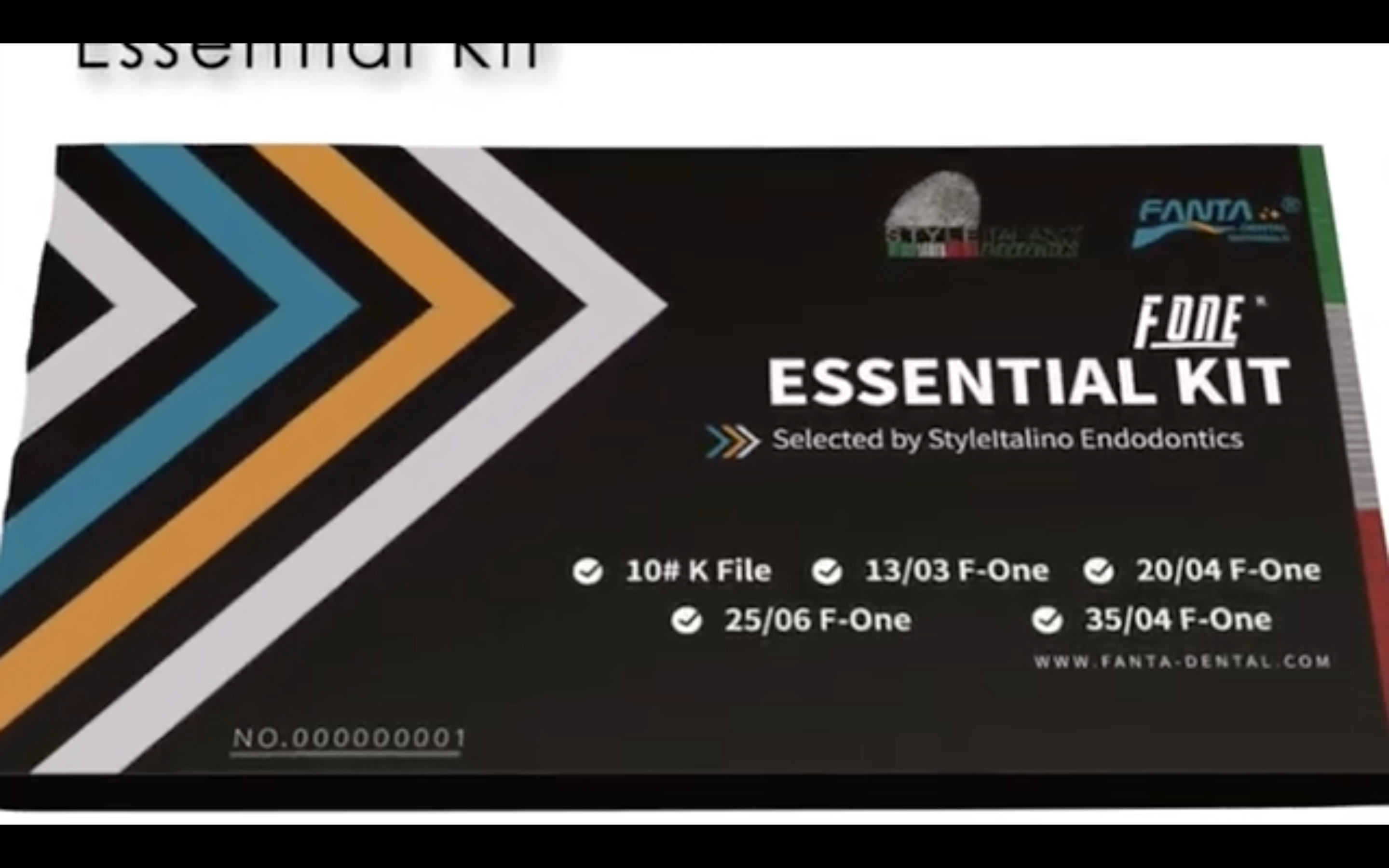 Fanta F-One Essential Kit in action
Fanta F-One Essential Kit in action
Here is a demonstration of how Fanta F-One essential kit should be used.
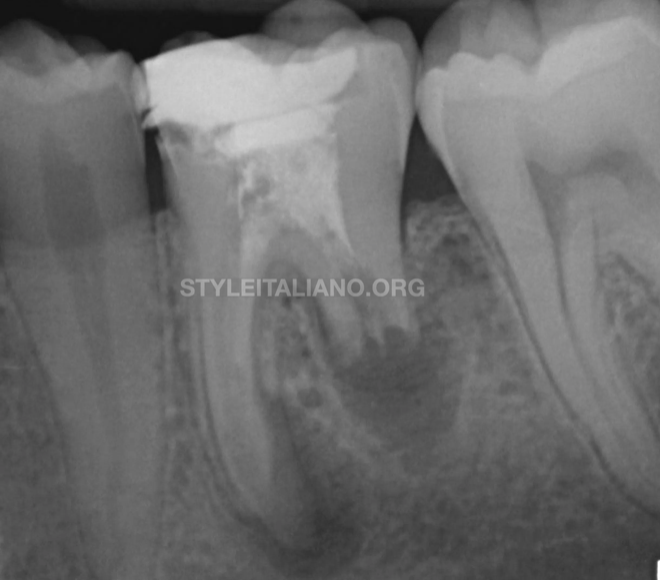 The management of two mandibular molars with apical inflammatory root resorption
The management of two mandibular molars with apical inflammatory root resorption
Apical pathology can appear as a straightforward diagnosis, however the tools available for assessment come across different limitations. Histology has highlighted various aspects that can not be yet coherently linked to a clinical situation using imaging investigations (Ricucci, Mannocci & Pitt Ford, 2006). Inflammatory root resorption makes no exception and reveals itself on periapical x-ray […]
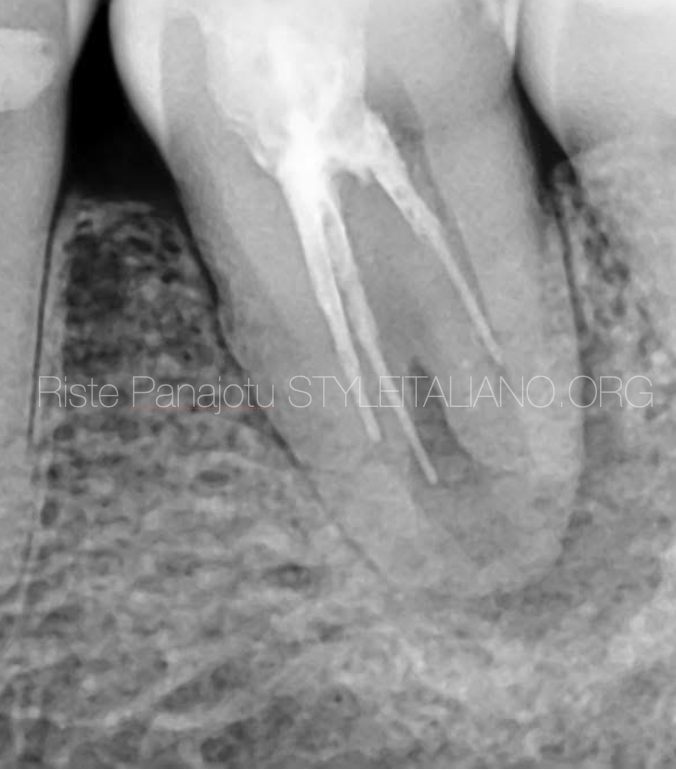 Non surgical retreatment of a mandibular first molar with C-shaped canal system
Non surgical retreatment of a mandibular first molar with C-shaped canal system
The C-shaped canal, which was first documented in endodontic literature by Cooke and Cox in 1979, is so named for the cross-sectional morphology of the root and root canal. C shaped canals are mostly present in the mandibular second molars, while they are really rare in the first mandibular molars. The cause of forming C shaped canals is the Hertwig’s epithelial […]
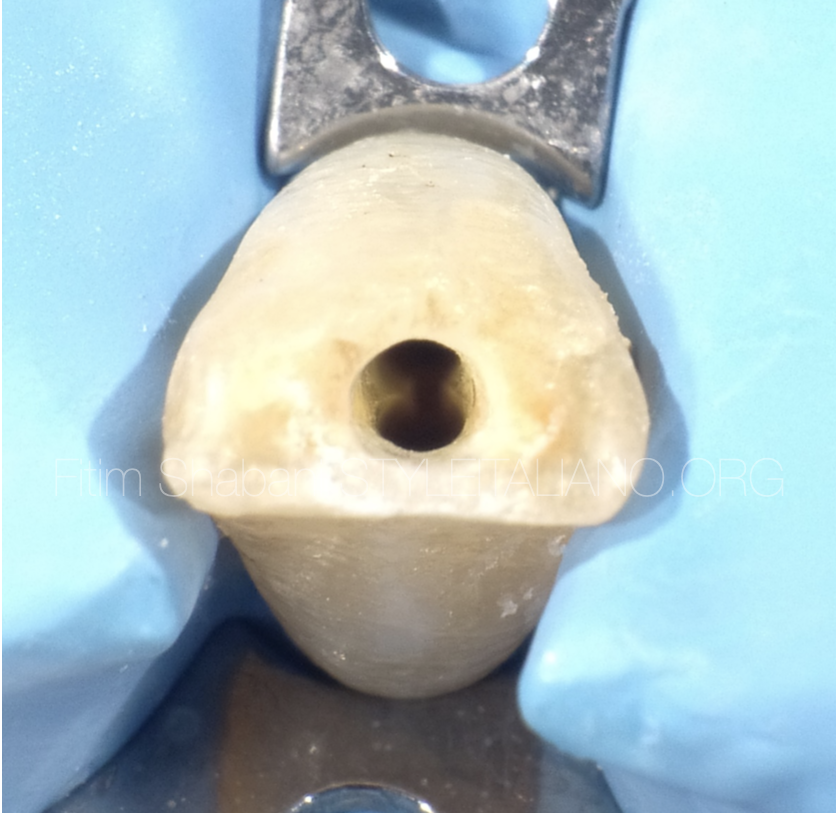 Root canal treatment and direct restoration
Root canal treatment and direct restoration
Tooth restoration after an endodontic treatment is a very important part of the endodontic treatment because the prognosis of treatment as a whole depends on it. Many endodontic failures come exactly from an inadequate restoration after the endodontic treatment. The vital teeth are different from non-vital teeth in terms of physico-chemical, structural, and biological aspect. […]
 Endodontic Treatment of a Mandibular Second molar
Endodontic Treatment of a Mandibular Second molar
Root canal system is a complex entity in itself. Success treatment of the root canal system depends upon the triad of thorough cleaning and shaping, disinfection & obturation up-to the calculated working length of the root canals. Failure to follow the Endodontology protocol can lead to failure of the endodontic treatment. Interpretation of a preoperative […]
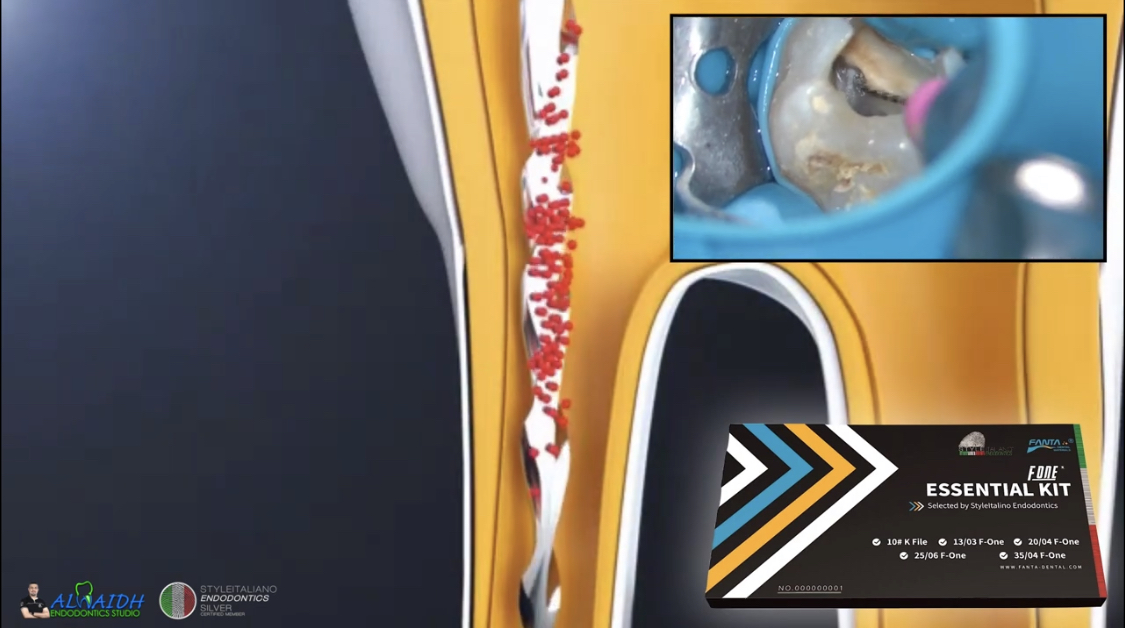 Mechanical bypass of separated instruments
Mechanical bypass of separated instruments
Check this case to see how it is possible to bypass separated instruments using FANTA Glider ST in reciprocating motion.
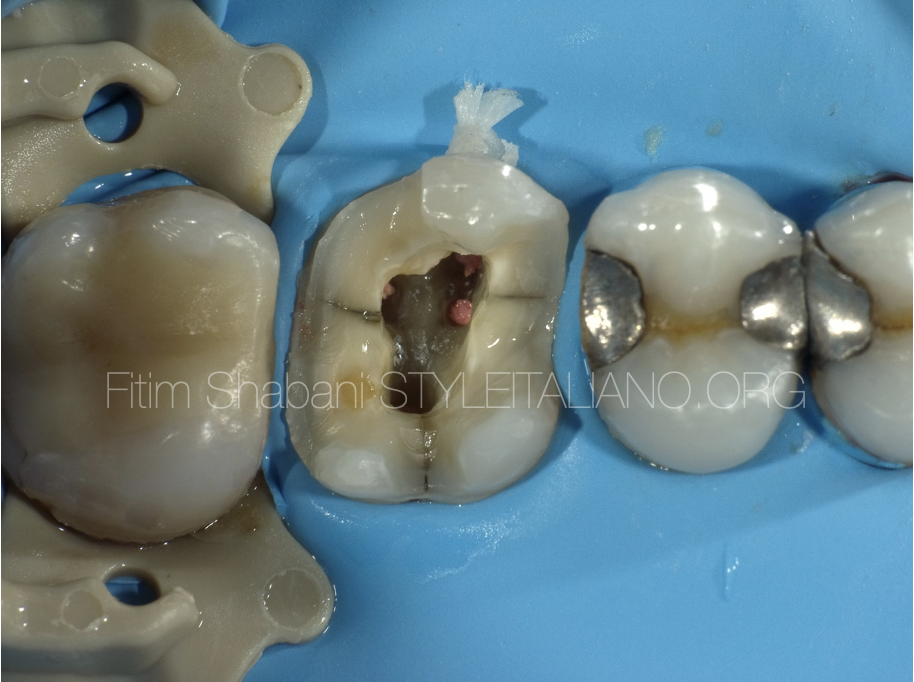 Treatment of a cracked tooth
Treatment of a cracked tooth
One of the most undesirable situations for us dentists is the diagnosis of cracked teeth, as well as their treatment. This happens because diagnosing tooth micro-fractures, which are usually invisible (not even seen on the Xray), when they are below the level of the gums complicates our situation. If the crack reaches the pulp chamber […]
 Lower second molar: carrier based obturation...through the furcation
Lower second molar: carrier based obturation...through the furcation
Perforations are defined as artificial communications between the root canal space and the surrounding tissues. Endodontic perforations represent an interruption of the continuum between the endodontic space and the periradicular tissues, periodontal tissues or oral cavity. In the presence of perforation, studies report a 10 to 12% increase in the failure rate of endodontic procedures. […]
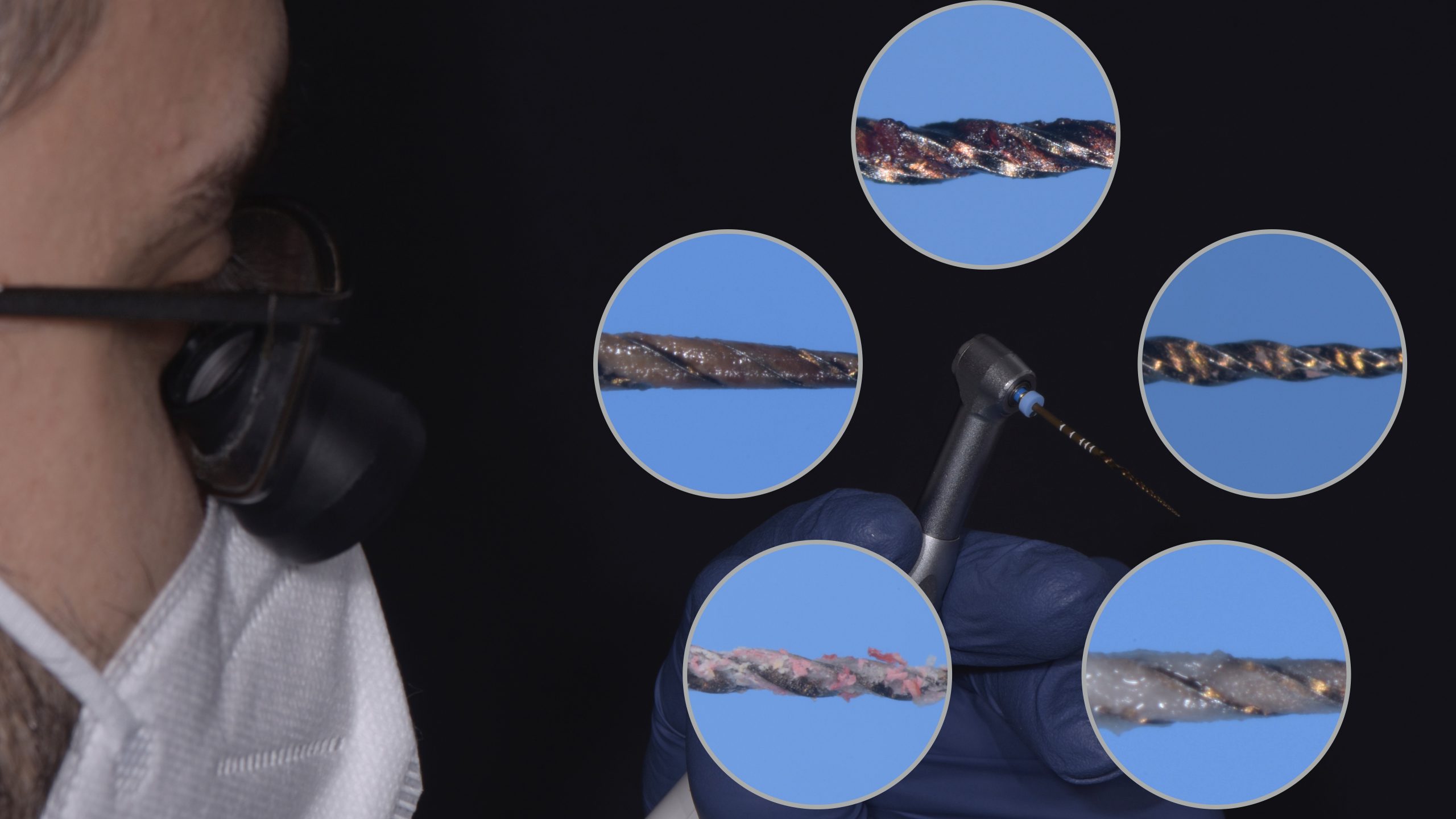 How to evaluate the debris on flutes
How to evaluate the debris on flutes
The primary objective of the entire root canal treatment procedure is to eliminate microorganisms and pathogenic debris from the root canal system and to prevent its reinfection: mechanical instrumentation accompanied by irrigation could be considered as the most essential component that aids in reaching this goal. To understand if the instrumentation of the endodontic space has […]
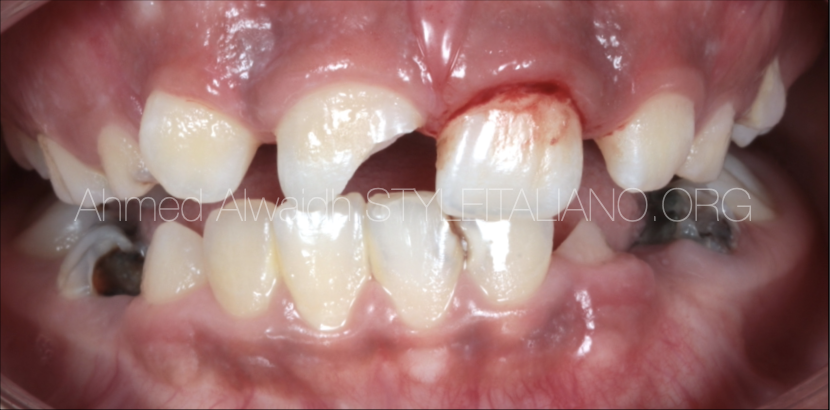 Vital Pulp Therapy: Part 1: Direct Pulp Capping for A Traumatic Exposure of Permanent Maxillary Right Central Incisor
Vital Pulp Therapy: Part 1: Direct Pulp Capping for A Traumatic Exposure of Permanent Maxillary Right Central Incisor
Pulp inflammation or exposure may occur as a result of many reasons like carries, trauma, or over-zealous preparation. However, if left untreated, this may lead to pulpits, pulp necrosis, and then apical periodontitis, which means more cost and chair-time spent. In addition, more tooth structure loss would jeopardise the survival rate and the outcomes of […]
 Mechanical Management of Calcified & Curved Apical Third of Upper Premolar
Mechanical Management of Calcified & Curved Apical Third of Upper Premolar
Calcified Canals always represent a challenge in root canal treatment, specially when the calcified canal is curved (either moderate or severe curvature). Once the case is identified as a calcified one, either at apical third or the whole length of the canal, we should bear in mind that dealing with such cases requires lots of […]
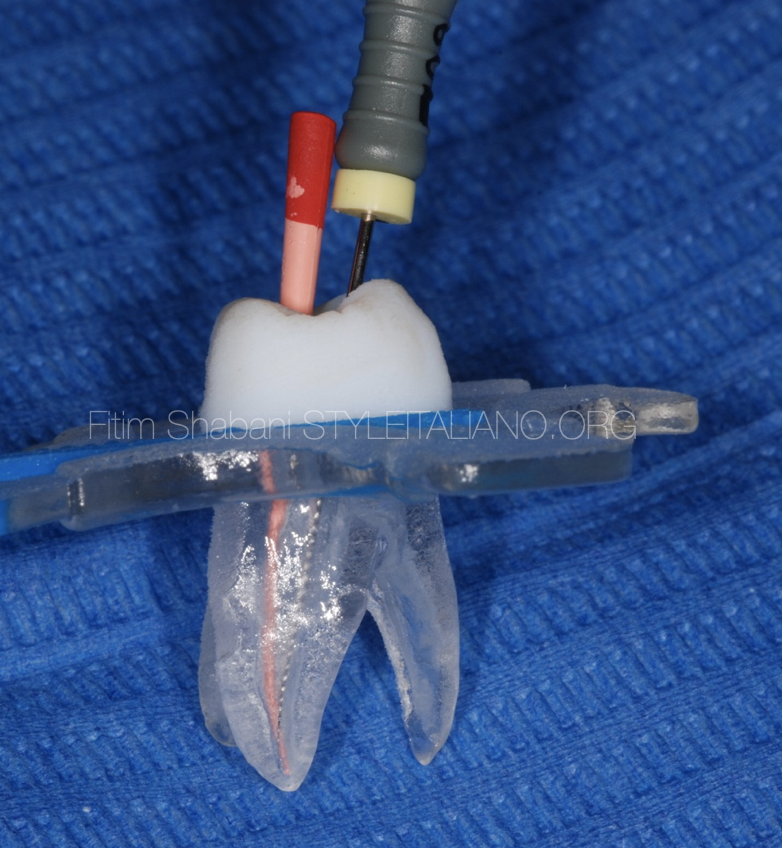 Endo-resto treatment. Management of confluent canals - Part II
Endo-resto treatment. Management of confluent canals - Part II
Case evaluation before treatment In endodontic treatments of teeth with more than one canal, we must allways think about the presence of possible confluences between the canals, there are several methods for their determination. In this clinical case I will present only one among others, which is performed by inserting a gutta percha and a […]